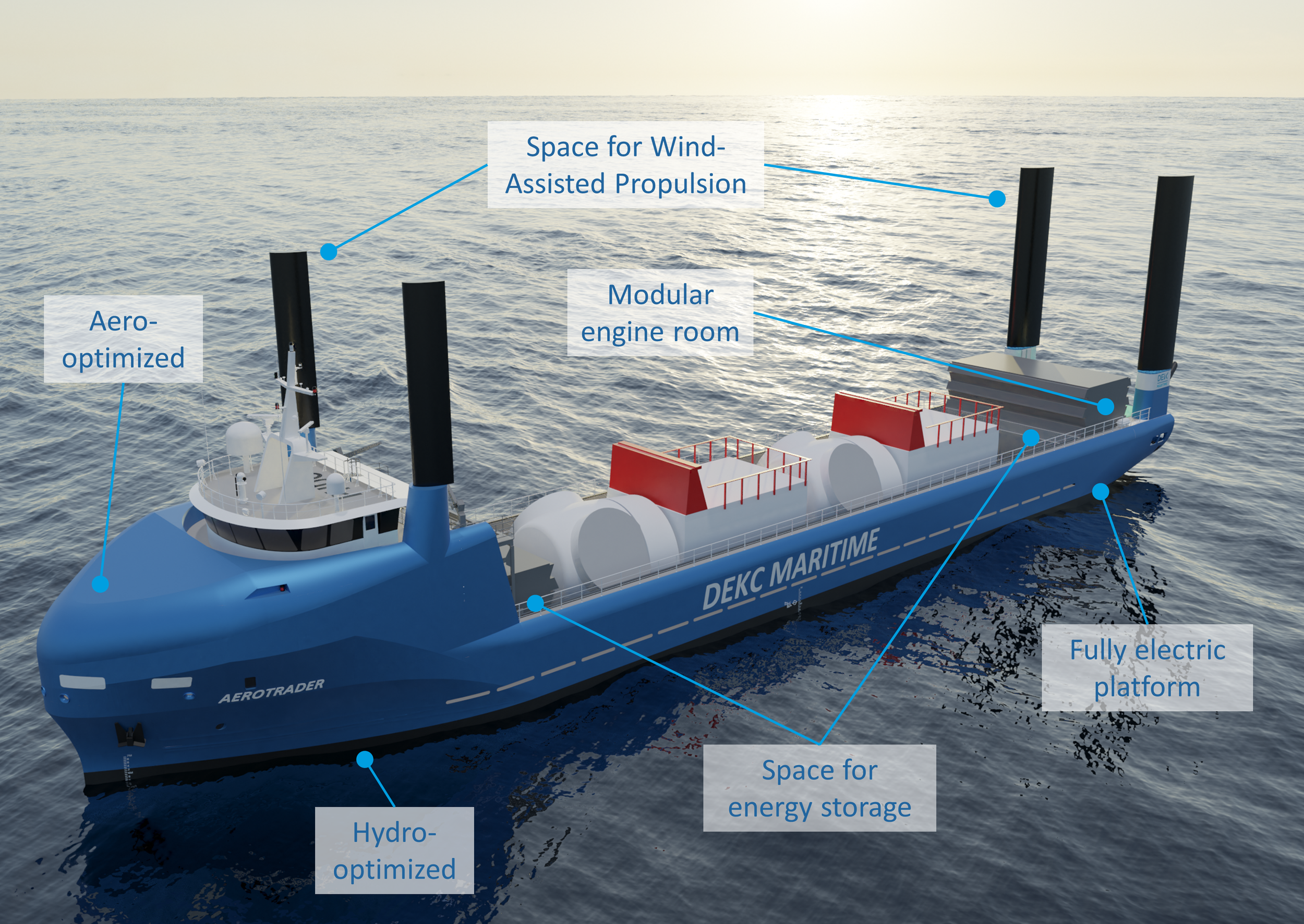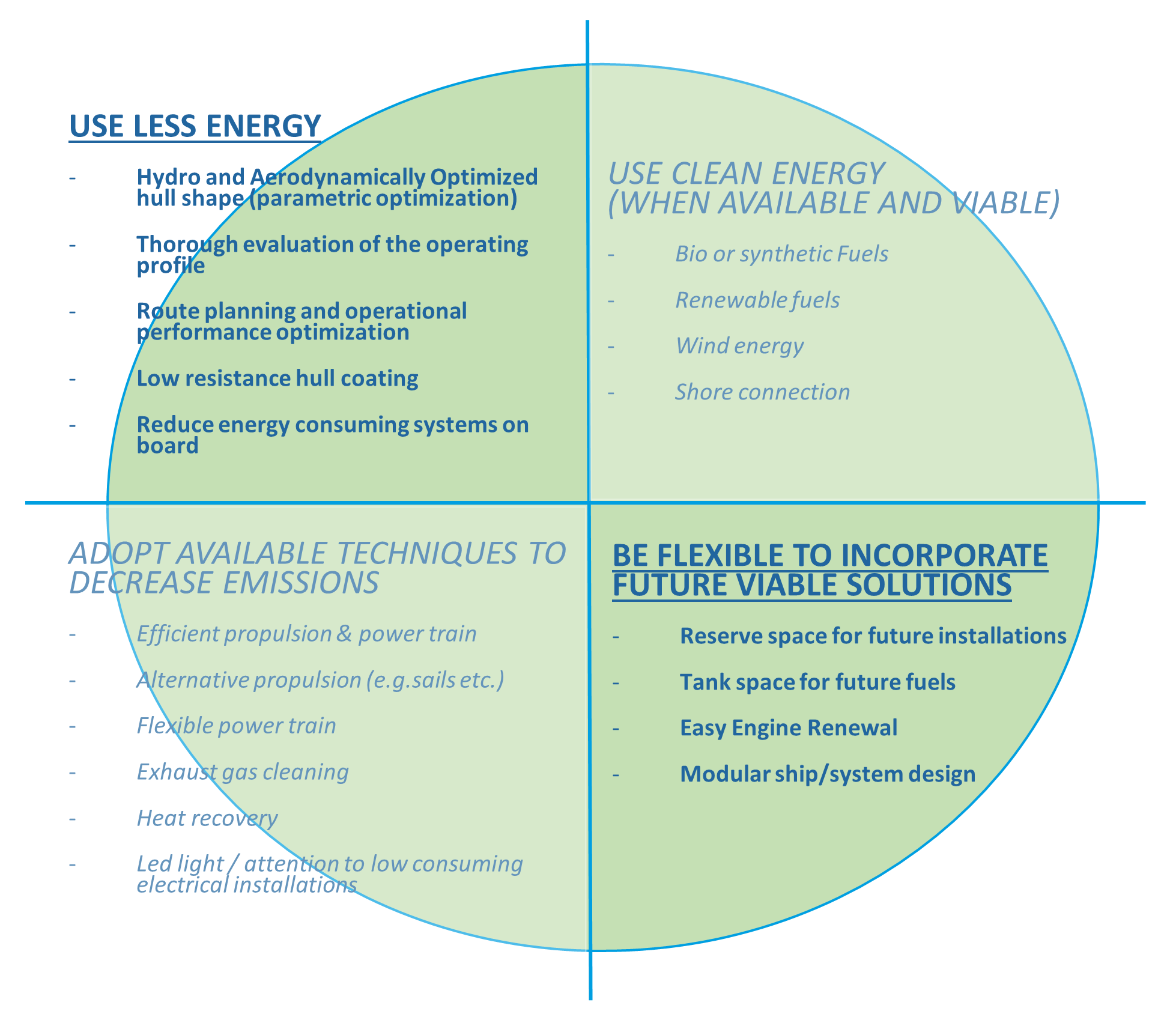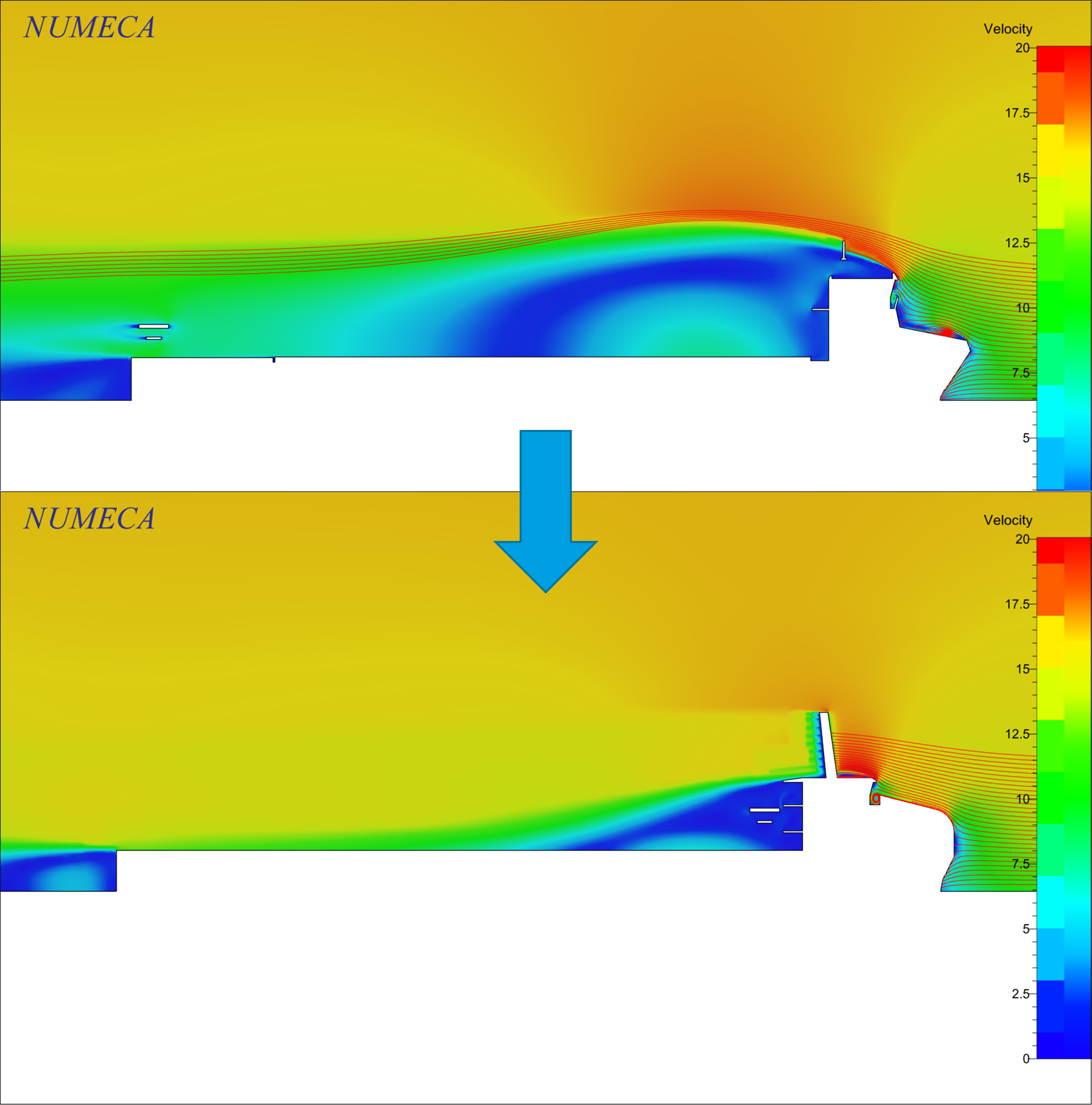For centuries, the maritime industry has played a crucial role in global trade and the economy. Ships are the lifeline of international trade routes, but they also come with challenges, especially concerning fuels and environmental impacts. Nowadays, sustainability is almost a given factor in ship design.
Fossil fuels
For a long time, fossil fuels such as heavy fuel oil and diesel were the preferred choice for shipping. They were cheap and reasonably efficient, but they also brought significant drawbacks, including high CO2 emissions, air pollution, and the risks of oil spills. In the long term, these fuels are not sustainable, and something had to change to reduce the maritime industry's impact on the environment.
Combustion engine or electric motor?
At DEKC Maritime, we always strive for the most economical solution, and sustainability is an intrinsic concern for us. However, the future of maritime fuel is highly dynamic, with continuous work on new and sustainable solutions. How these fuels will power future ships is also a big question: can we continue to use combustion engines coupled directly to a propeller (the most efficient option), or will we need to shift to an electric propulsion system (the most flexible option)?
Green hydrogen
When considering truly green fuels, everything starts with hydrogen. Hydrogen can be made directly from water and electricity: this means that if the electricity is generated from renewable sources (such as wind, solar, hydro, or geothermal), green hydrogen is carbon zero. However, hydrogen is very difficult to store for longer periods of time and it is highly flammable. Therefore, it is not ideal as a fuel for cargo ships.
Methane and methanol
Two alternatives to hydrogen are methane and methanol. In essence, methane is the same thing as LNG (liquid natural gas), which is a fossil fuel already in use in many ships. It is possible to produce methane using hydrogen and CO2, so if green hydrogen and renewable electricity is used in its production it is a carbon neutral fuel. Storage is still tricky with methane, as it must be stored in cooled and pressurized tanks. Methanol is a further step down the line, which can be made from hydrogen or methane. It is much easier to store in a ship but is toxic to humans. Furthermore, like hydrogen, both methane and methanol are still highly flammable.
The role of regulation
In the pursuit of sustainable alternatives to traditional fuels, the role of regulation and collaboration cannot be underestimated. Governments worldwide are recognizing the urgency of addressing climate change and are implementing stricter regulations on emissions and fuel consumption for the maritime industry. These regulations are spurring innovation and encouraging shipbuilders and operators to explore greener options.
Inherently more efficient
At DEKC Maritime, we have developed various concepts related to alternatives to fossil fuels. However, we have not applied them yet, as the market direction is still uncertain. This made us think: how can we design a vessel to be as flexible as possible, capable of sailing regardless of the fuel choice? Thus, we focus on making the design inherently more efficient. We concentrate on the fundamentals, something that benefits everyone involved, such as streamlined ships and steel sails. Want to know more? You can read all about that here.























